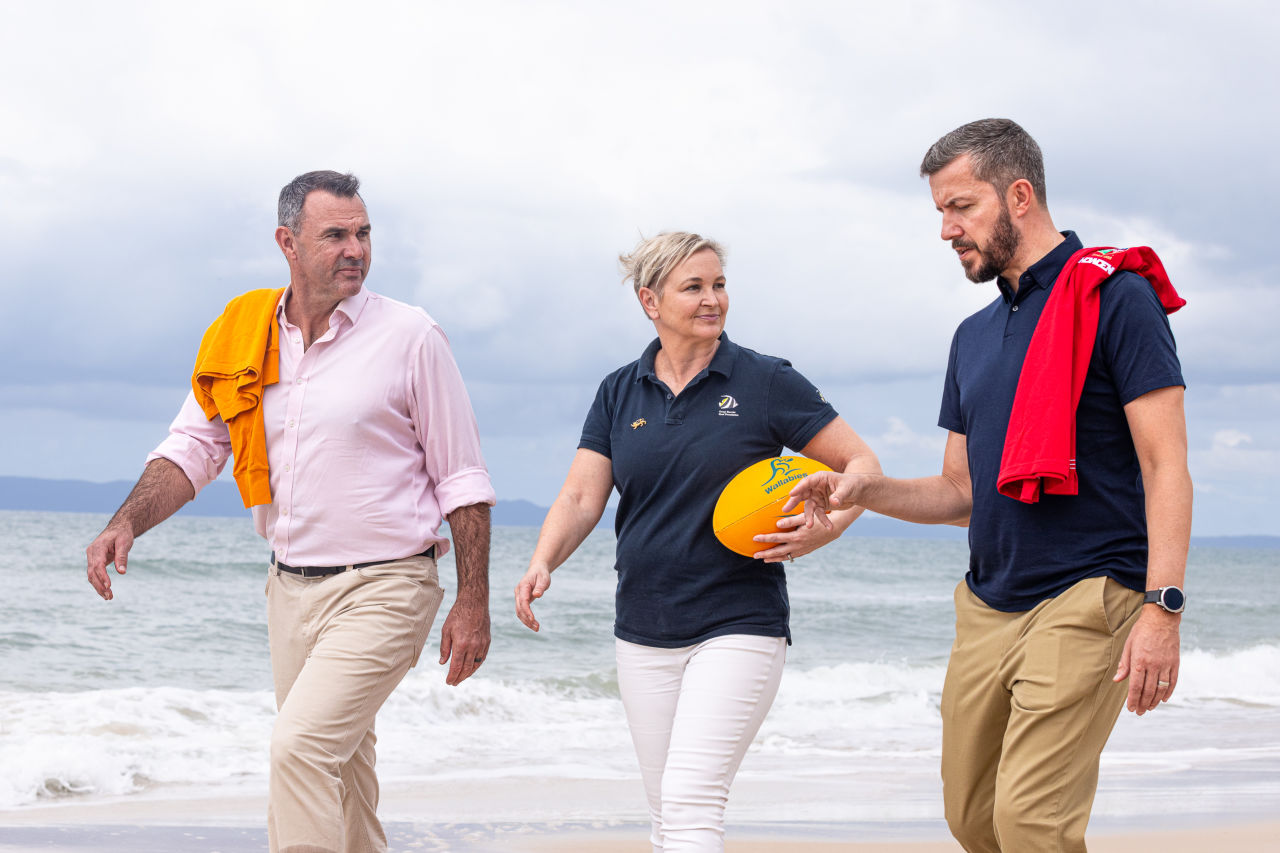Local government areas with higher blue collar and culturally and linguistically diverse (CALD) communities were vastly more susceptible to COVID infections in 2021 and remain at risk, according to a new report commissioned by Catholic Health Australia, the largest non-government provider grouping of health, community and aged care services in Australia.
According to the new research, every one percent increase in blue-collar workers per LGA was associated with increase in an additional 848 COVID cases in Sydney and 895 in Melbourne. Every one percent increase in the percentage of CALD residents per LGA led to an increase in 609 COVID cases in Sydney and 649 in Melbourne.
Catholic Health Australia spokesperson Nicole Clements said the huge inequity highlighted the need for urgent reform.
“In the early days of the pandemic, it was common to note that COVID was a brutal, but egalitarian, force. After nearly two years of living with the pandemic it’s safe to say the data and lived experience paints a vastly different picture,” Ms Clements said.
“The most vulnerable, least affluent populations must be prioritised in future public health responses. This report demonstrates that, sadly, such prioritisation did not occur during the first three waves of the pandemic in Australia’s largest cities.
“Understanding how inequity helped COVID-19 to heavily impact certain LGAs while leaving others unscathed is vital if we are to build back better.
“We need to understand ongoing socio-economic impacts and the likely consequences of policy measures in the event of future pandemics, resurgent coronavirus case numbers, or resumptions in restrictive public health orders.”





